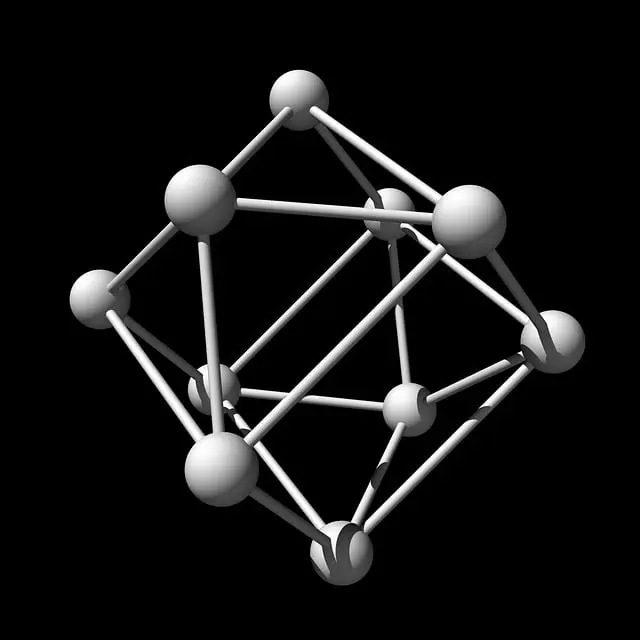Seasonal Affective Disorder (SAD) is a type of depression linked to shorter daylight hours, causing symptoms like loneliness and changes in appetite. While causes are not fully understood, treatments include conventional methods and emerging options like kratom – a natural herb from Mitragyna speciosa. Kratom's unique chemical composition interacts with opioid receptors in the brain to improve mood and combat low energy, offering an alternative or adjunctive solution for SAD symptoms. Effective use requires professional guidance, careful dosing, and strain selection due to varying effects. Integrative approaches combining kratom with conventional therapies show promise in managing SAD and other depressive conditions through a holistic approach that addresses both symptoms and root causes.
Seasonal Affective Disorder (SAD), characterized by recurring winter depression, impacts millions globally. Understanding SAD and its symptoms is crucial for effective management. This article delves into innovative approaches to depression treatment with a focus on Kratom as a potential natural remedy. We explore how this herb can complement conventional therapy, providing relief for those seeking alternative solutions. By combining the ancient wisdom of Kratom with modern practices, we offer hope for improved mental health during SAD’s dark months.
- Understanding Seasonal Affective Disorder (SAD) and Its Symptoms
- Exploring Kratom as a Potential Natural Treatment for SAD
- Integrative Approaches: Combining Kratom with Conventional Therapy for Effective Depression Treatment
Understanding Seasonal Affective Disorder (SAD) and Its Symptoms

Seasonal Affective Disorder (SAD) is a type of depression that occurs during specific times of the year, typically in the fall and winter months when daylight hours are shorter. It’s more than just feeling a bit sad; SAD significantly impacts daily functioning, affecting energy levels, sleep patterns, appetite, and overall mood. Symptoms often include increased feelings of loneliness, loss of interest in activities once enjoyed, difficulty concentrating, changes in appetite and weight, and in some cases, thoughts of self-harm.
While the exact causes of SAD are not fully understood, it’s believed to involve a combination of genetic predisposition, changes in brain chemistry, and environmental factors. One emerging treatment option gaining attention is kratom, a natural herb with potential antidepressant properties. Studies suggest that kratom may help alleviate symptoms of depression, including SAD, by interacting with opioid receptors in the brain, offering an alternative or adjunctive treatment for those seeking relief from conventional depression treatments.
Exploring Kratom as a Potential Natural Treatment for SAD

Kratom, a natural herb derived from the Mitragyna speciosa plant, has gained attention as a potential treatment for Seasonal Affective Disorder (SAD). While traditionally used for its pain-relieving and stimulant effects, recent research suggests that kratom’s unique chemical composition may offer benefits in managing depression, including SAD. The herb contains various alkaloids, such as mitragynine and 7-hydroxymitragynine, which interact with opioid receptors in the brain, potentially enhancing mood and reducing symptoms of low energy and fatigue associated with SAD.
As a natural alternative to prescription antidepressants, kratom is appealing to those seeking holistic depression treatment options. Studies indicate that it can be effective in alleviating depressive symptoms without the side effects often associated with synthetic medications. However, it’s important to note that kratom is not a one-size-fits-all solution and should be used under professional supervision. Dosing and strain selection are critical factors, as different varieties of kratom have varying effects. Exploring kratom as a natural depression treatment for SAD requires careful consideration and consultation with healthcare providers to ensure safety and efficacy.
Integrative Approaches: Combining Kratom with Conventional Therapy for Effective Depression Treatment

Integrative Approaches offer a promising avenue for managing Seasonal Affective Disorder (SAD) and other forms of depression, especially when conventional therapies alone fall short. One notable combination involves Kratom, a natural herb known for its mood-enhancing properties, alongside traditional treatment methods. This synergistic approach leverages the benefits of both worlds: conventional therapy provides structured support and evidence-based interventions, while Kratom offers a gentle, natural alternative to enhance overall well-being.
Kratom’s mechanism of action includes interacting with opioid receptors in the brain, which can help regulate mood and alleviate symptoms of depression. When integrated with psychotherapy, medication, or light therapy—common SAD treatments—Kratom can potentially increase their efficacy. This combination approach not only addresses the symptoms but also supports the root causes of depression, offering a more holistic solution for improved mental health.
Seasonal Affective Disorder (SAD) is a real and debilitating condition, but with the right approach, relief is achievable. While conventional therapies like light therapy and medication have proven effective, integrating natural remedies like Kratom can offer an additional layer of support for those suffering from depression during specific seasons. Combining Kratom with conventional treatments has shown promise in enhancing mood and overall well-being. As research continues to explore alternative solutions, kratom for depression treatment gains attention as a potential game-changer, providing hope for folks navigating this seasonal enigma.






